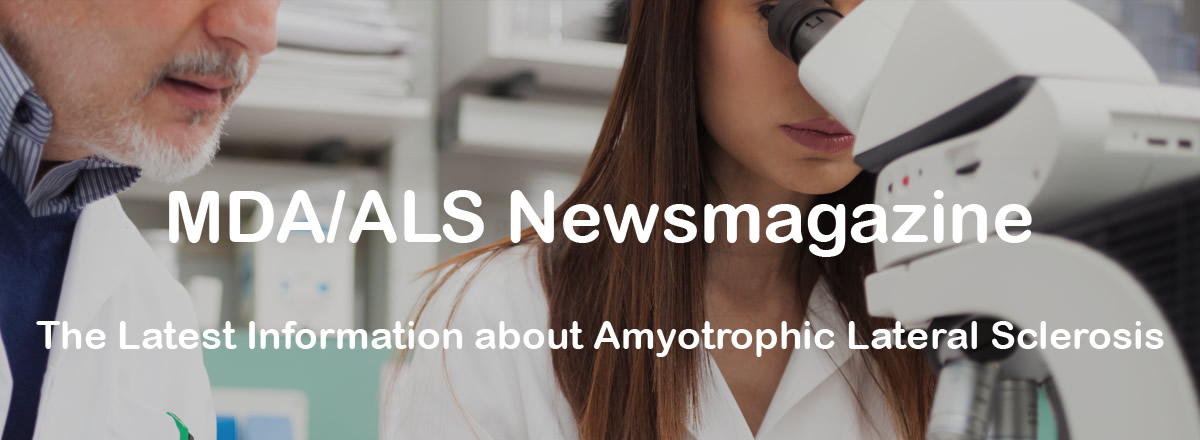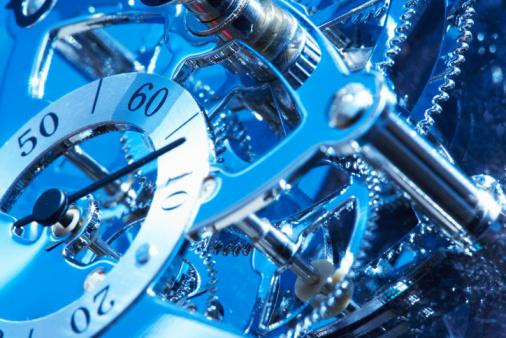
ALS-Causing TDP43 Overstays Its Welcome

Researchers have found that some ALS-related TDP43 mutations cause the TDP43 protein to hang around too long, which can be toxic to cells
At least some of the mutations in the TDP43 protein that are known to lead to ALS cause the TDP43 protein to be more stable than usual and change its interactions with other cellular proteins, say researchers at the University of California-San Diego. The changes are toxic ones.
The evidence strongly suggests that this increased stability and the abnormal protein-protein interactions are mechanisms by which TDP43 mutations cause ALS, a paralyzing disease of the nervous system. They say hastening the breakdown of TDP43 and/or interfering with its chemical interactions with other substances could become a new therapeutic avenue.
If confirmed, the findings could have implications not only for the small percentage of people known to have ALS resulting from TDP43 mutations, but also for the broader spectrum of people with ALS. About 90 percent to 95 percent of ALS patients have the sporadic (nonfamilial) form of the disease; about 5 percent to 10 percent have familial ALS; and a small percentage of those have TDP43-related familial ALS.
However, TDP43 has been found in abnormal clumps of proteins inside ALS-affected nerve cells in those with nonfamilial ALS as well as in TDP43-related familial ALS, prompting many experts to speculate that misbehavior of this protein, even when its gene is normal, could be a factor in the disease.
About the new findings
Don Cleveland and colleagues at the University of California-San Diego published the new findings in the July 27, 2010, issue of Proceedings of the National Academy of Sciences.
MDA did not fund this study. However, Cleveland has current support from MDA for ALS-related research.
The investigators studied the behavior of the TDP43 protein made from a non-mutated TDP43 gene and from genes with three different mutations previously found to cause ALS in humans, by putting the normal TDP43 gene and the mutated TDP43 genes into cells in the laboratory.
All three of the mutated TDP43 proteins had longer lives in the cells than the normal protein, "suggesting that abnormal stability may be a common feature for ALS-linked TDP43 mutations," the researchers say.
They say their findings about TDP43's longevity were unexpected. By contrast, they note, mutations in the gene for the SOD1 protein (thought to cause about 1 percent to 3 percent of all human ALS cases and commonly used as a model of ALS in laboratory investigations) destabilize the SOD1 protein, although they also make it toxic.
In tests involving two of the mutated TDP43 proteins, they also found that both proteins had a greater-than-normal propensity to interact with a protein called FUS. Mutations in the FUS gene, which lead to abnormal FUS protein molecules, are another cause of genetic ALS.
Toxic interactions of TDP43 and FUS proteins could represent a "convergence of pathogenic pathways," the researchers say.
Meaning for people with ALS
The findings reported by the UCSD team should be considered preliminary, and more studies will be required before therapies based on hastening TDP43's breakdown or blocking its biochemical interactions can be tested in humans with ALS.
Nevertheless, if the abnormally increased stability and toxic interactions of this protein are found to contribute to TDP43-related ALS — or perhaps even to ALS in general — treatments based on altering TDP43's behavior could certainly be contemplated.
"Understanding the degradation process [for TDP43] may aid in the design of future therapeutic interventions," the researchers note.